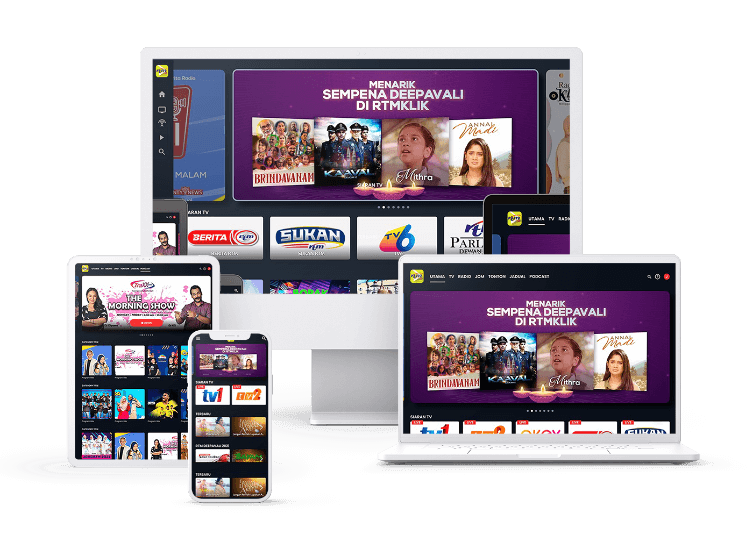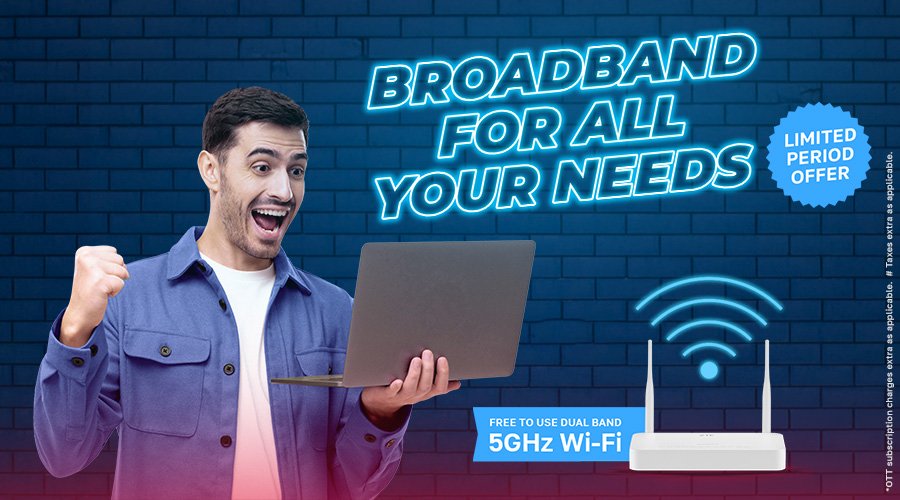
Everything You Need To Know
It is critical that OTT not be confused with streaming content, as the two have very different levels of content and experience. One of the many reasons OTT material is so prevalent is its ease of access. Consumers only need a high-speed internet connection and a connected device that supports apps or browsers to stream OTT.
Mobile OTT Devices: OTT apps can be downloaded to smartphones and tablets for on-the-go streaming.
Personal computers: OTT content can be accessed via desktop apps or web browsers.
Roku, Apple TV, Firestick, and other popular examples are smart TVs. OTT apps are frequently supported by game consoles such as the PlayStation.
How Do Online Content Service Delivery Work?
You can unlock OTT systems in a variety of ways, including your computer, phone, tablet, smart TV, or gaming console. You do not need a TV service provider subscription; however, depending on the OTT platform, you may need a subscription to the OTT platform. This is true for services such as Netflix and Disney, which allow users to access curated content at any time through a monthly or yearly subscription. Some OTT platforms, such as Amazon and Peacock, do not charge customers any fees and instead generate revenue by showing advertisements to their viewers while they watch content.
OTT simply refers to the delivery of content via a high-speed Internet connection rather than traditional means such as cable television operators. OTT content can typically be accessed via any compatible device, but one of the most popular methods is to do so via a smartphone, which has a much larger market. People have reaped significant benefits from OTT service providers, which are also very cost-effective.
Services for Over-the-Top Media
Now that we’ve defined “OTT,” there are numerous OTT platforms that offer OTT media services, including Netflix, Disney+, Hulu, Amazon Prime Video, Hulu, Peacock, CuriosityStream, Pluto TV, and many more.
Unlike OTT platforms, YouTube is a social video platform that was created to allow everyday consumers to share video-captured moments. YouTube has attempted to enter the OTT market several times with limited success, owing to the market’s perception of YouTube as a source of free content. One of the many reasons OTT content is so popular is its ease of access. Customers only need a high-speed internet connection and a connected device that supports apps to stream OTT.
What’s the difference between VOD and OTT streaming?
OTT vs VOD allows you to watch videos whenever and wherever you want. The only distinction is that such videos require an active internet connection to be streamed. Over-the-top (OTT) refers to services that operate independently of traditional services such as satellite and cable television.
Except if you work in the video monetization platform industry, understanding OTT vs VOD isn’t as important. The majority of video-on-demand software is exchangeable. If you want to differentiate your service, consider the following: Is your online content unavailable at all times? Is it pre-planned, like a live stream? Then, instead of VOD, you can use OTT.
When answering the question, what is OTT, you will come across four main types of OTT services:
SVOD stands for Subscription Video On Demand. This is comparable to Netflix and Disney+. Users pay a monthly fee for content access.
AVOD stands for Advertising Video On Demand. The content, like that of most Pay-TV services, is interspersed with advertisements. This either makes it free for the end user or subsidises the cost of a monthly subscription.
TVOD stands for Transactional Video On Demand. The streaming equivalent of renting a movie or purchasing pay-per-view sports tickets.
PVOD stands for Premium Video On Demand. This is a relatively new category that arose primarily as a result of cinemas being closed during the pandemic.
What Features Should A Streaming Device Have?
Streaming Apps – All streaming systems can access apps, but you need to make sure that the platform you select has the apps that you use most. Most common ones, such as Netflix, Prime video, MXplayer, etc. If you want to have access to anything more special, check the streaming apps that are compatible with the device before you buy.
4K Resolution – If you have a 4K TV then you need a 4K streaming device,otherwise you won’t be able to view the 4K content available on Netflix, Amazon Video and YouTube.
Great Audio – With 4K resolution, you need to make sure that your streaming device can support the best audio to give you a full theatre experience. Many streaming devices offer Dolby surround sound to ensure you have a great viewing experience.
Voice Control – a number of streaming devices support voice control. Using your voice to scan for shows is a lot better than dealing with a clunky onscreen keyboard.
Casting – This allows you to “cast” your phone on your TV— a simple way to share images or videos with the entire room. Without a remote control, you’ve already got one less device cluttering up the coffee table.
Is your Internet Fast Enough For Streaming?
In general, streaming video on websites such as Netflix or YouTube TV needs 5 Mbps to stream to standard resolutions.
If you want to stream to 4k Ultra HD, you’ll need a minimum of 25 Mbps. [2] However, even one 4k HD video streaming will use all of your usable bandwidth. For this reason, if you like high-definition video and you have more than one computer connected at a time, we suggest a bandwidth of 50 Mbps or more.
UMAK Stream TV – Your Ideal Streaming Device.
UMAK Stream TV 4K is an Android based device that lets you watch movies and TV shows in 4K HDR and with Dolby Atmos sound. The device is loaded with content from apps like Amazon Prime Video, Netflix, Disney+ Hotstar, Zee5 and 3000+ apps that you can download from the Android TV Play store. It allows an easy switch between your on-demand content and TV channels, providing you with wholesome entertainment experience.
It is simple to get started with an UMAK Stream TV 4k device. For setup, you will only need the following:
Power from a wall outlet
TV with an available HDMI® port
HDMI cable
Wi-Fi or LAN
UMAK Fibernet account
You can know more about the UMAK Stream TV 4K device here.

